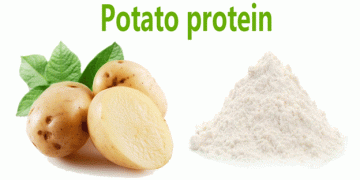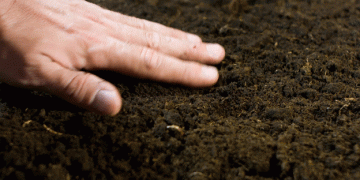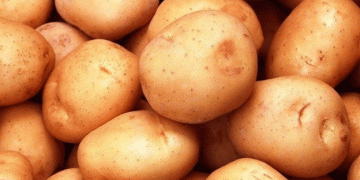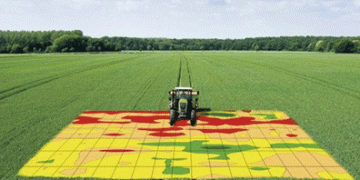The 2024 potato growing season presented unprecedented challenges for the North-Western European Potato Growers (NEPG), an organization representing Belgium, the Netherlands, France, and Germany. Climate volatility, economic pressures, and unpredictable market conditions forced farmers to adapt quickly to maintain production quality and meet demand. Despite the hurdles, the total cultivated area in the EU grew by 7%, with potato acreage reaching approximately 560,000 hectares, marking an increase of 37,000 hectares from last year. As a result, the region is on track to achieve a five-year average production of 22.7 million tons, though the journey was not without considerable difficulties.
Climate Impacts and Production Adaptations
Throughout 2024, climate issues created considerable obstacles for potato farmers. Severe storms, intense rainfall, and extended planting times—especially in Belgium and southern Netherlands—led to soil degradation, making it difficult for crops to thrive. Persistent heavy rains damaged soil structure, reducing its drainage capacity and increasing vulnerability to soil-borne pathogens. NEPG noted an unprecedented rise in late blight, a major potato disease, exacerbated by new, aggressive fungal strains and prolonged wet conditions that favored its spread. To counteract this threat, farmers increased fungicide applications, adding cost and complexity to an already demanding season.
Addressing Seed Shortages with Alternative Strategies
In addition to weather challenges, growers also faced a shortage of seed potatoes, driving up prices and forcing some to rely on cut seed stock. While this approach provided a temporary solution, it brought negative side effects, including inconsistent plant quality. In Belgium, farmers grappled with the complexities of managing over 80 potato varieties for processing, each requiring different treatment and handling techniques. This diversity raised production costs and posed significant management challenges in ensuring consistent quality and yield across varieties.
Harvest and Storage Hurdles
As the harvest season approached, farmers faced further complications with storage. Some potato varieties, particularly less common ones, proved unsuitable for long-term storage, heightening the risk of spoilage from bacterial rot and tuber blight. According to NEPG, if proper conditions aren’t maintained, the risk of bruising and other mechanical damage rises, especially when tubers have high underwater weight. This emphasizes the need for strict monitoring and control during storage to prevent losses.
The Growing Gap in Processing Capacity
While Europe’s potato processing industry has expanded significantly, particularly in northwest Europe, North America, and parts of Asia and South America, this increase in processing capacity hasn’t automatically translated into increased demand. The NEPG advises growers to follow market demand closely rather than produce excess supply, which can lead to market imbalances and increased waste. Meeting the demand precisely not only prevents oversupply but also aligns with the sustainability goals that are becoming central to the agricultural sector.
Sustainable Practices for Long-Term Viability
The increasing impact of climate change has intensified the need for sustainable potato production. Farmers are becoming more reliant on practices that conserve soil health, optimize water use, and maintain biodiversity. By rotating crops, managing water resources wisely, and adopting precision agriculture technologies, potato growers can enhance production efficiency while minimizing environmental impact. As climate patterns continue to shift, adopting a sustainable approach will be crucial for future success in potato farming across Europe.
The 2024 potato season in northwest Europe has highlighted the unpredictable challenges farmers face as climate change intensifies. Despite these obstacles, with adaptation and innovation, growers can continue to meet demand while preserving essential natural resources. Sustainable practices are no longer optional but essential for maintaining the viability of potato farming in Europe. Through proactive approaches and resilience, the potato industry has a promising, though demanding, path ahead.






